The cosmos meets art history in Vivian Greven’s New York exhibition
Vivian Greven’s ‘When the Sun Hits the Moon’, at Perrotin in New York City, is the artist’s first solo exhibition in the USA
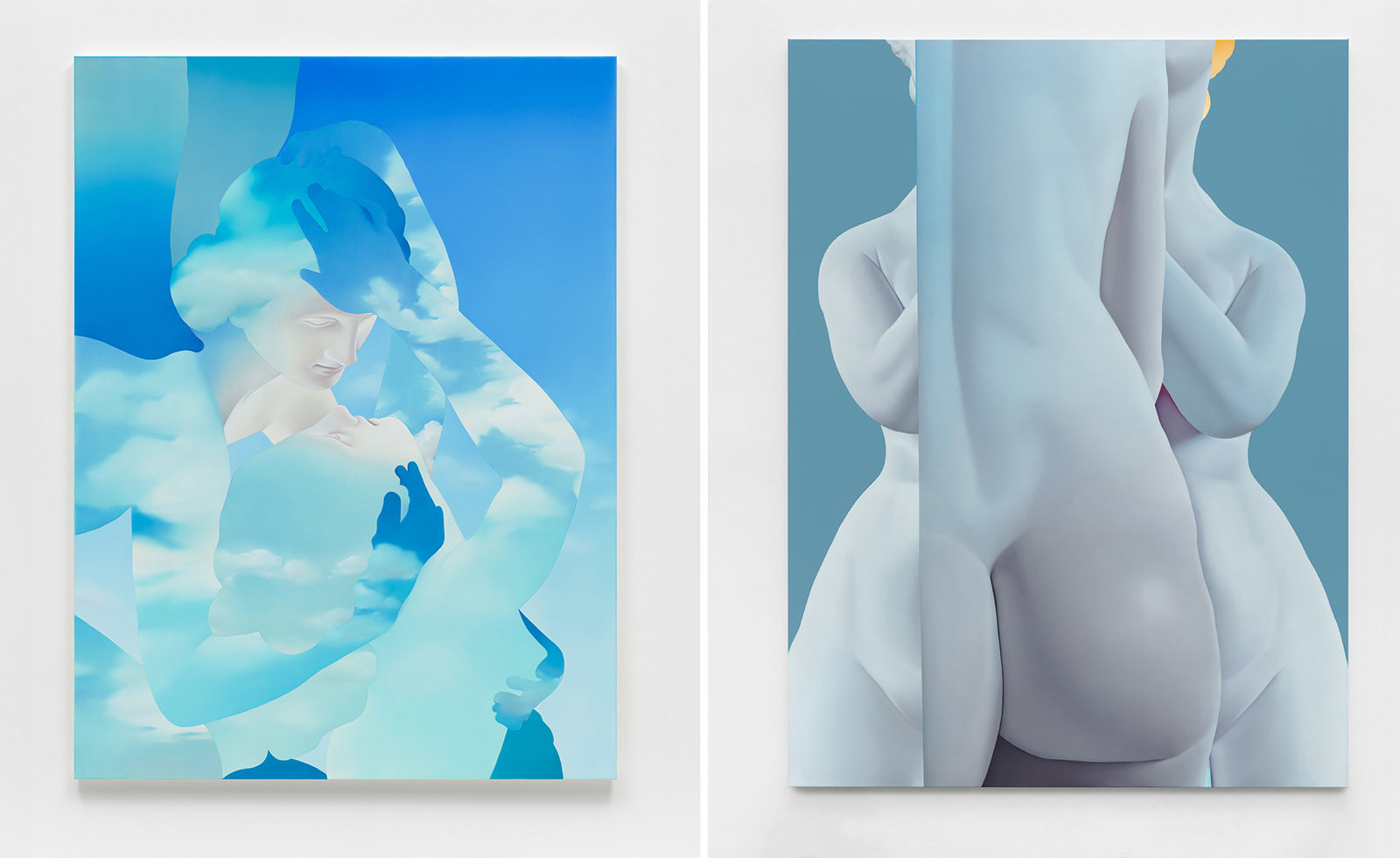
What does it mean to live in a world organised by the cosmos? A world structured not by humans, not by machines, but by natural forces?
Through a distinct painterly style blending technical precision with the layered effects of peering into digital screens, artist Vivian Greven addresses questions like these and more. She dives into Greco-Roman art history to mine the depths of and myths surrounding ancient sculptures; to mirror our existence on a cosmological scale; to reimagine what it means to occupy a body – and this world – today.
More like this
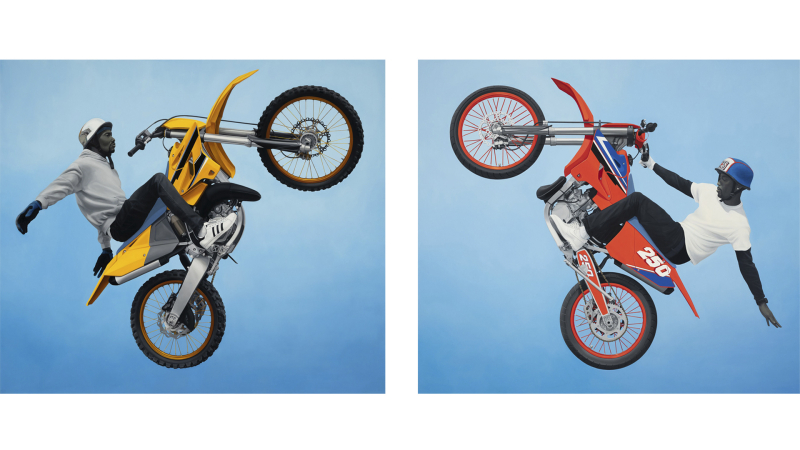
‘I’ve always been very concerned about the membrane of the skin: the surface and the connection to the volume and the body underneath it,’ the artist says when we meet at her studio in Dusseldorf, Germany. ‘But suddenly I felt like I needed more air in the paintings, and I began thinking about the cosmos.’
Vivian Greven, ‘When the Sun Hits the Moon’ at Perrotin NYC
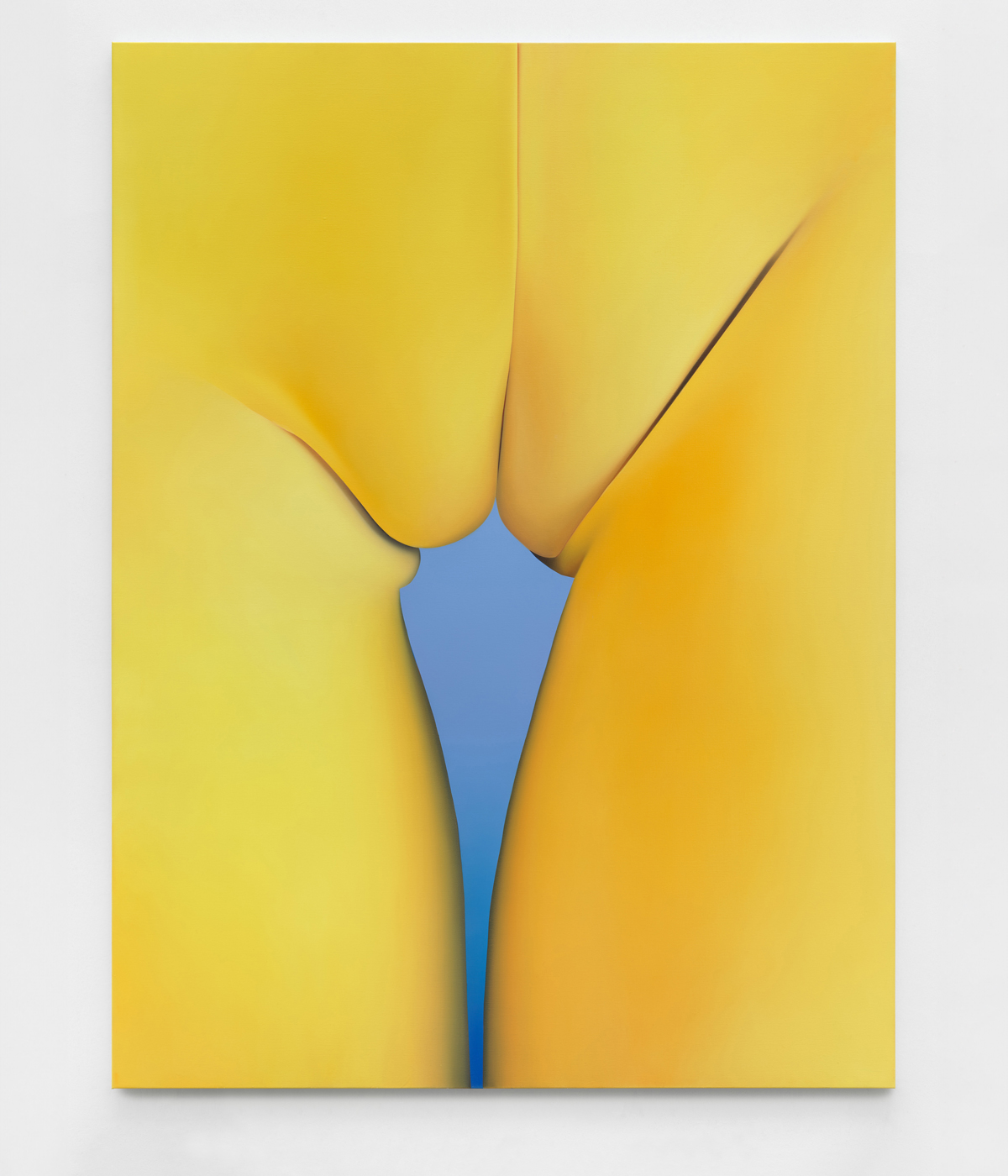
Vivian Greven. X XIX, 2024
This recent thought led to the development of ten new paintings, which will be on view in ‘When the Sun Hits the Moon’, her debut exhibition with the gallery Perrotin in New York City, also marking her first solo exhibition in the United States.
When I visit, the soon-to-be-finished larger-than-life canvases are spread throughout the studio, leaning against all four towering walls of the former squash court. Each painting revisits a recognisable motif Greven has previously employed – the Roman goddess of Venus; cameltoes caused on female forms by tight garments; Antonio Canova’s iconic neoclassical 18th-century sculpture of Cupid and Psyche – while simultaneously introducing stark new developments, such as the bold use of the colour black.
To create her works, the artist scrolls through an ever-growing folder of inspirational images saved on her computer. Eventually, a certain image repeatedly captures her interest and ‘feels like it needs to be painted now’, she explains. Greven then prints the source images and reworks them into physical collages, as though using digital editing tools but cutting, pasting, or inverting entirely by hand. When she’s happy with the composition, she draws it on a canvas and then painstakingly layers oil paint until her desired colour gradients and painted image emerge. With the process of drying between layers, one work might take six months to complete, with coloration playing a key role: in her works, ‘colour is not a representation of reality’, she explains, ‘it’s much more a representation of energy, emotion, and temperature’.
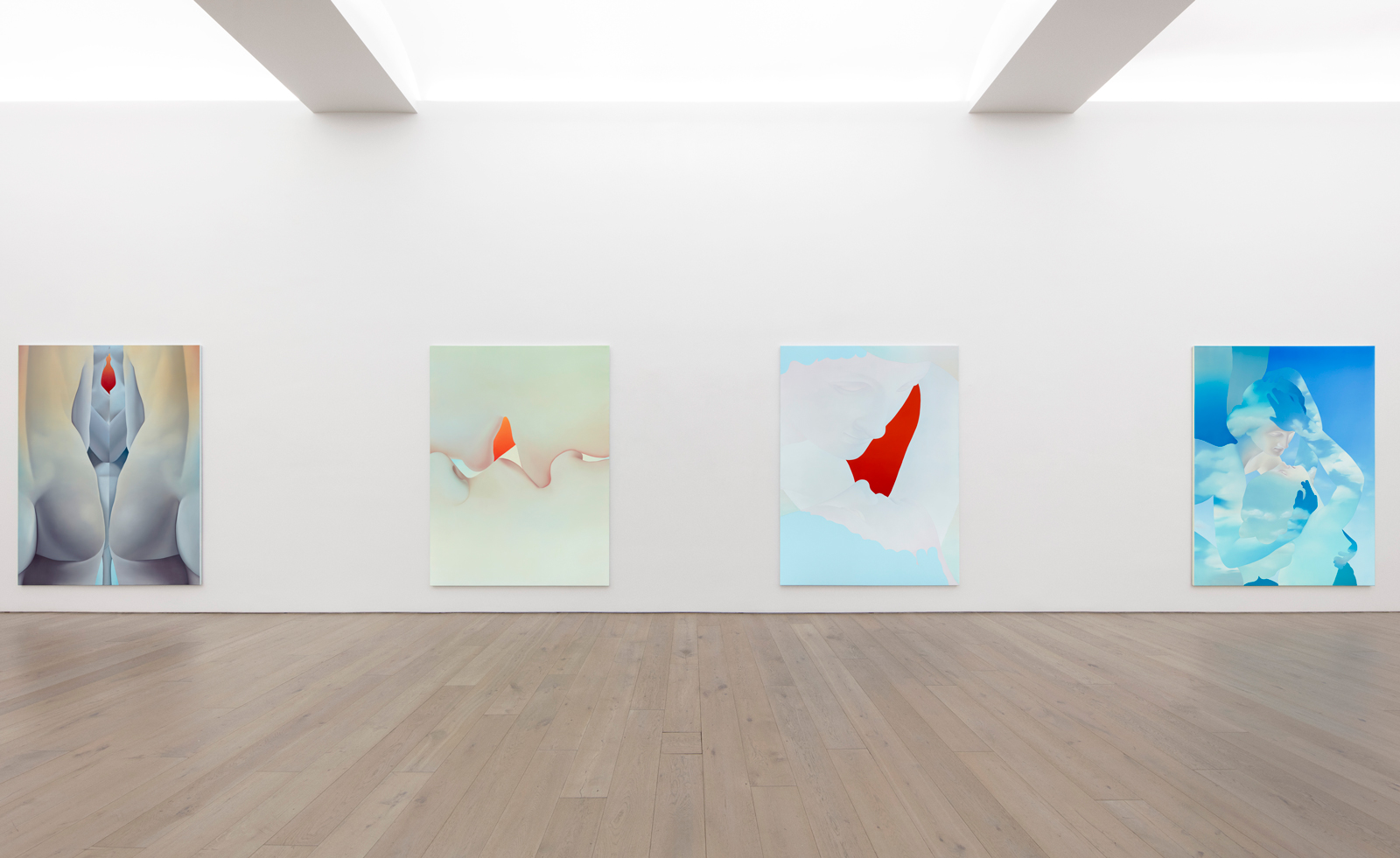
Installation imagery of the New York exhibition
When viewing a work like Ae Tha (2024) or Wh Ole I (2024), I immediately think of digital avatars floating in space, be it in the metaverse or an enigmatic black hole. Without pupils and with shiny, flawless, marble-like skin, the humanoid figures in Greven’s paintings offer blank identities, ready to assume the viewer’s individual projections and ideas. ‘The figures are super sensitive, romantic, almost touching, almost kissing,’ she says, ‘but at the same time, they have no pupils, no breath, no warmth. This resembles the feeling of being disconnected, of not being in the body, of not really living,’ she continues. ‘People today, including myself, lose their lives on being busy. We survive a day, rather than being in the day, being present and feeling what’s going on. And when we’re in this survival mode, we are our own avatars.’
Receive our daily digest of inspiration, escapism and design stories from around the world direct to your inbox.
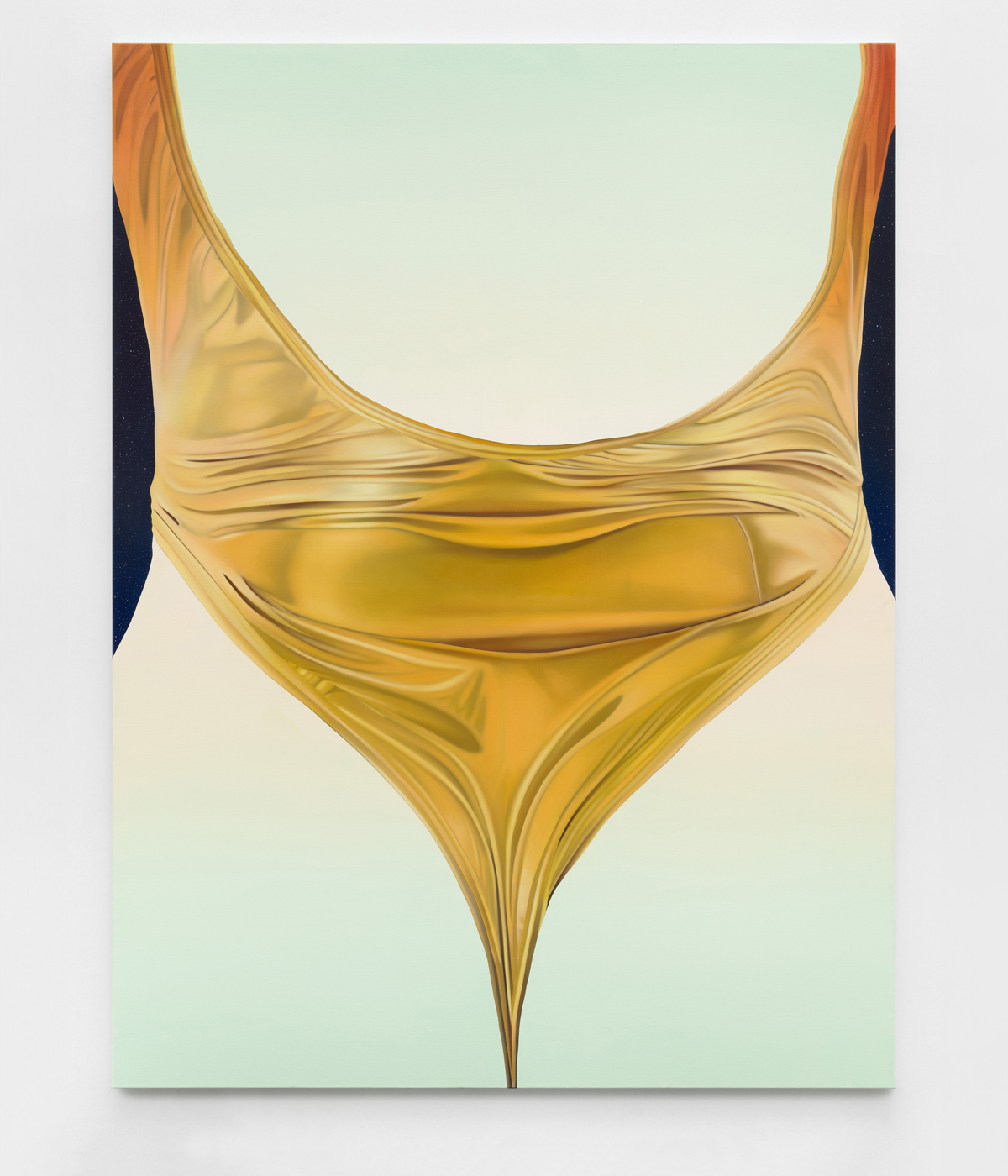
Vivian Greven. Y O I, 2024
Amid today’s frenetic energies offline, online, and everywhere in between, Greven’s paintings offer a place of contemplative solace; a place to float among the (in)visible clouds. Specifically with the show at Perrotin, ‘all of the works are dealing with the question of what it means to become something else’, she explains. ‘It’s about changing gravity, about the feeling of a body that becomes body-less or becomes air. Figures,’ she continues, reflecting on our contemporary state of being, ‘are constantly dissolving into another state.’
‘When the Sun Hits the Moon,’ at Perrotin in New York City, runs 13 April – 23 May 2024
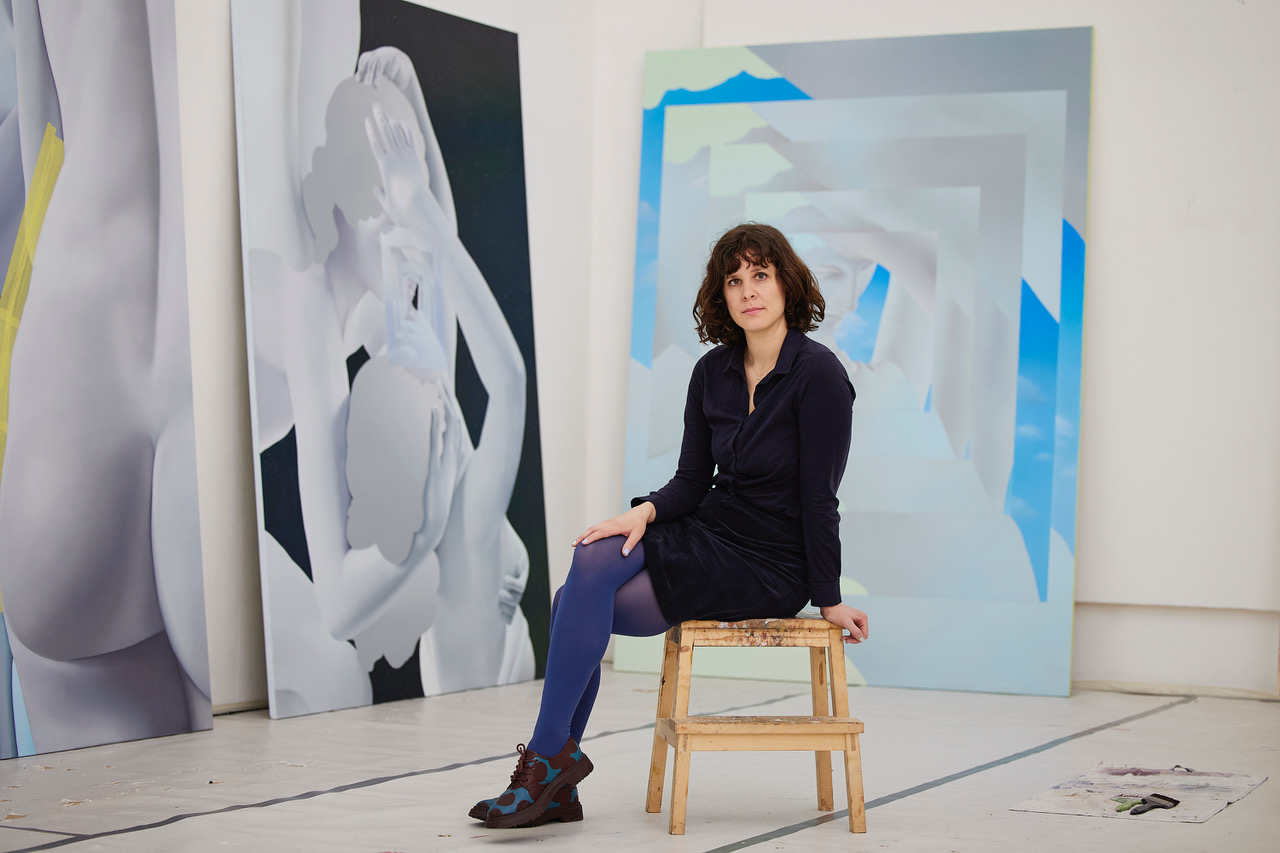
-
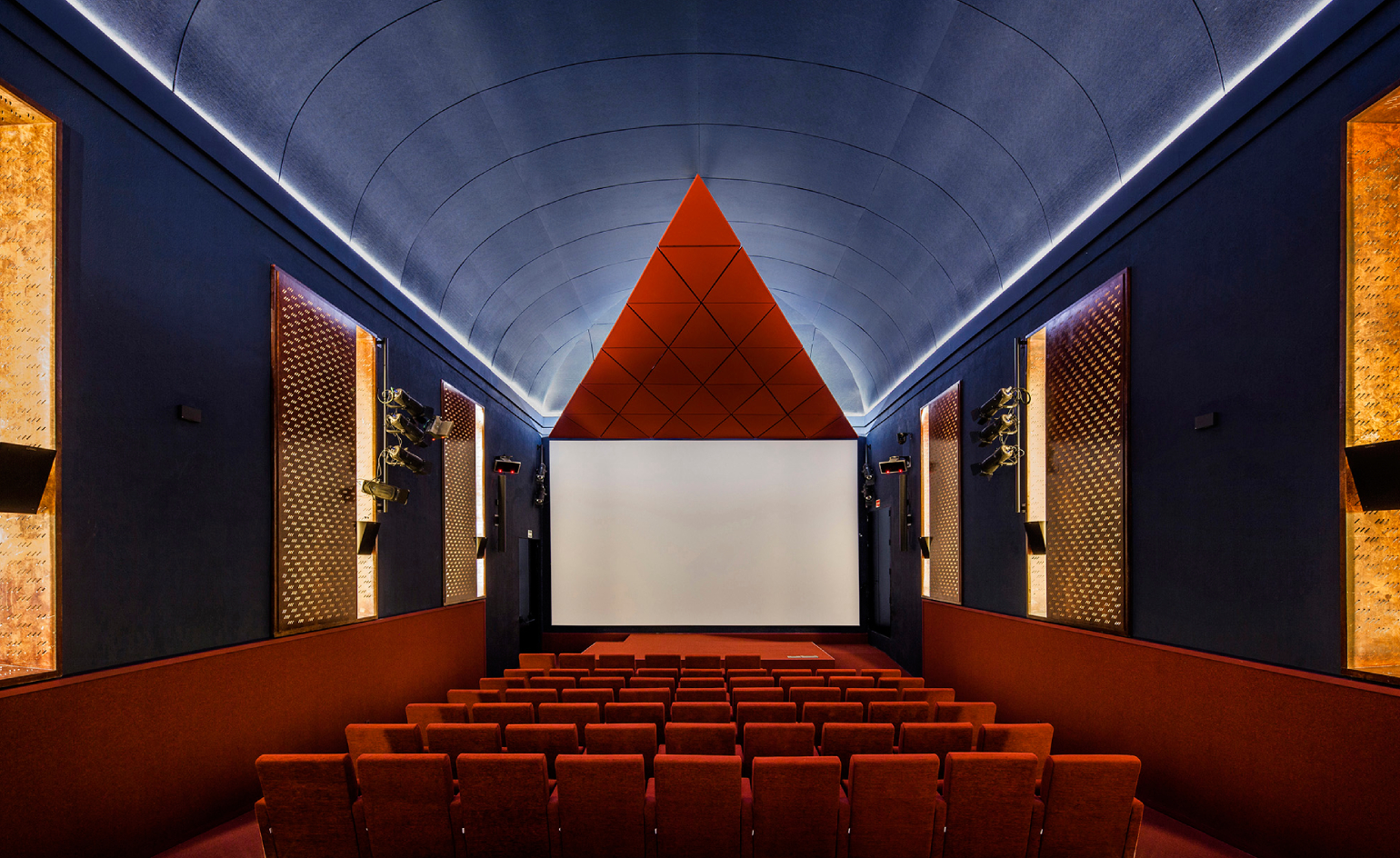 A striking new cinema glows inside Madrid’s Reina Sofia Museum
A striking new cinema glows inside Madrid’s Reina Sofia MuseumBarcelona-based studio Bach reimagines a historic auditorium as a crimson-and-blue dreamscape
-
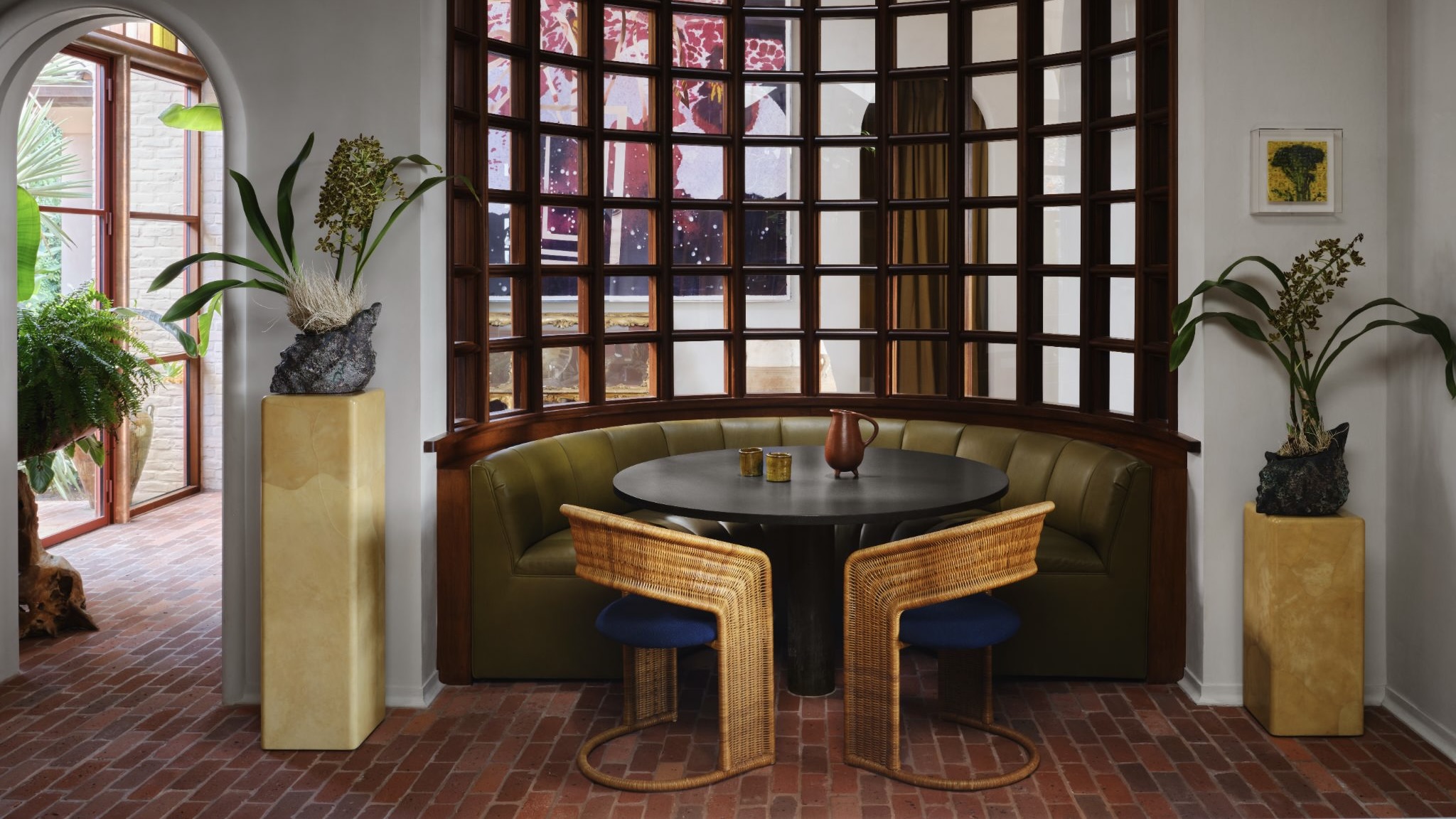 How an Austin home went from 'Texan Tuscan' to a lush, layered escape inspired by the Alhambra
How an Austin home went from 'Texan Tuscan' to a lush, layered escape inspired by the AlhambraThe intellectually curious owners of this Texas home commissioned an eclectic interior – a true ‘cabinet of curiosities’ layered with trinkets and curios
-
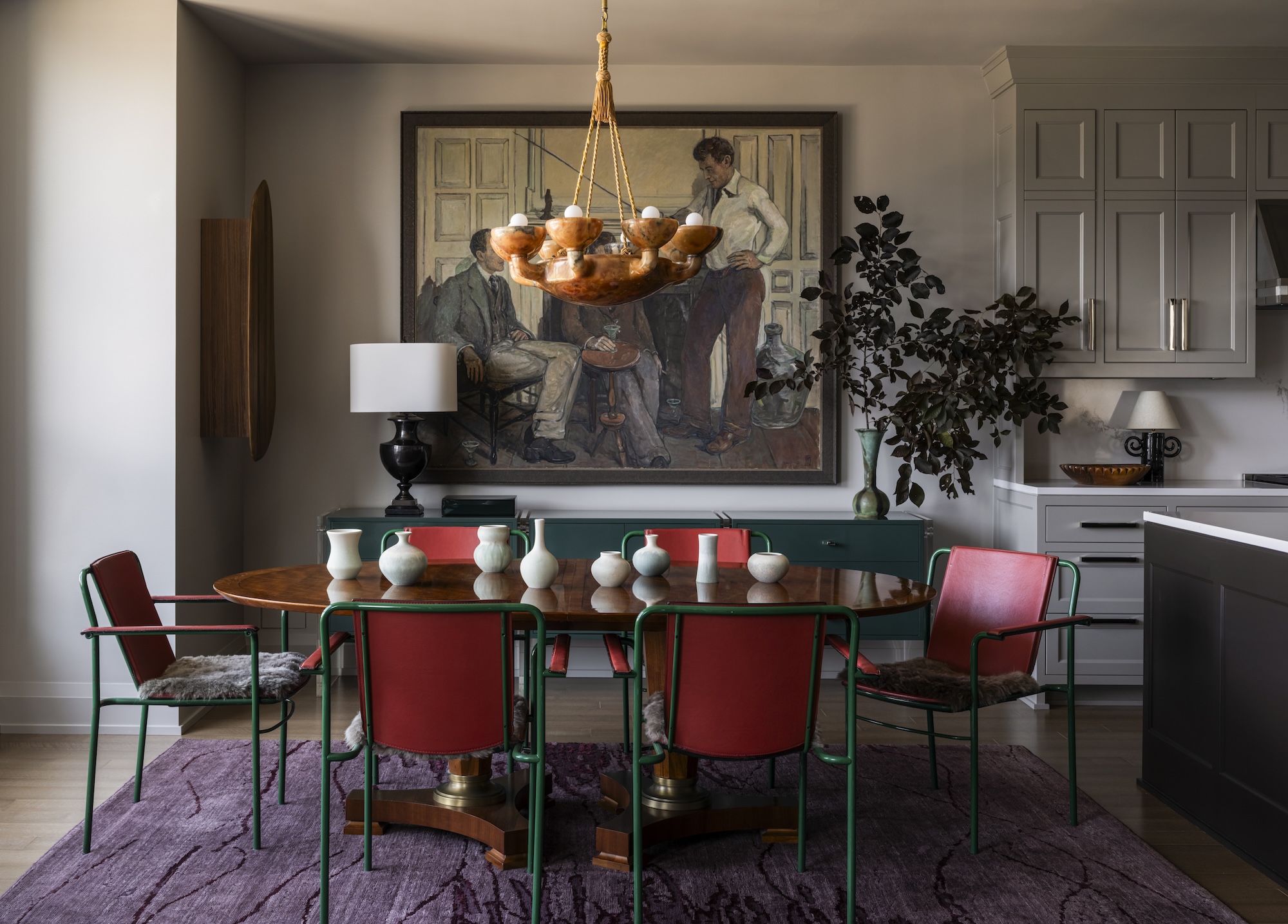 Should your home have a patron goddess? This dramatic Minneapolis apartment does
Should your home have a patron goddess? This dramatic Minneapolis apartment doesInspired by the Celtic deity Brigid, interior designer Victoria Sass infused this Twin Cities aerie with flame-licked themes
-
 Inside the work of photographer Seydou Keïta, who captured portraits across West Africa
Inside the work of photographer Seydou Keïta, who captured portraits across West Africa‘Seydou Keïta: A Tactile Lens’, an exhibition at the Brooklyn Museum, New York, celebrates the 20th-century photographer
-
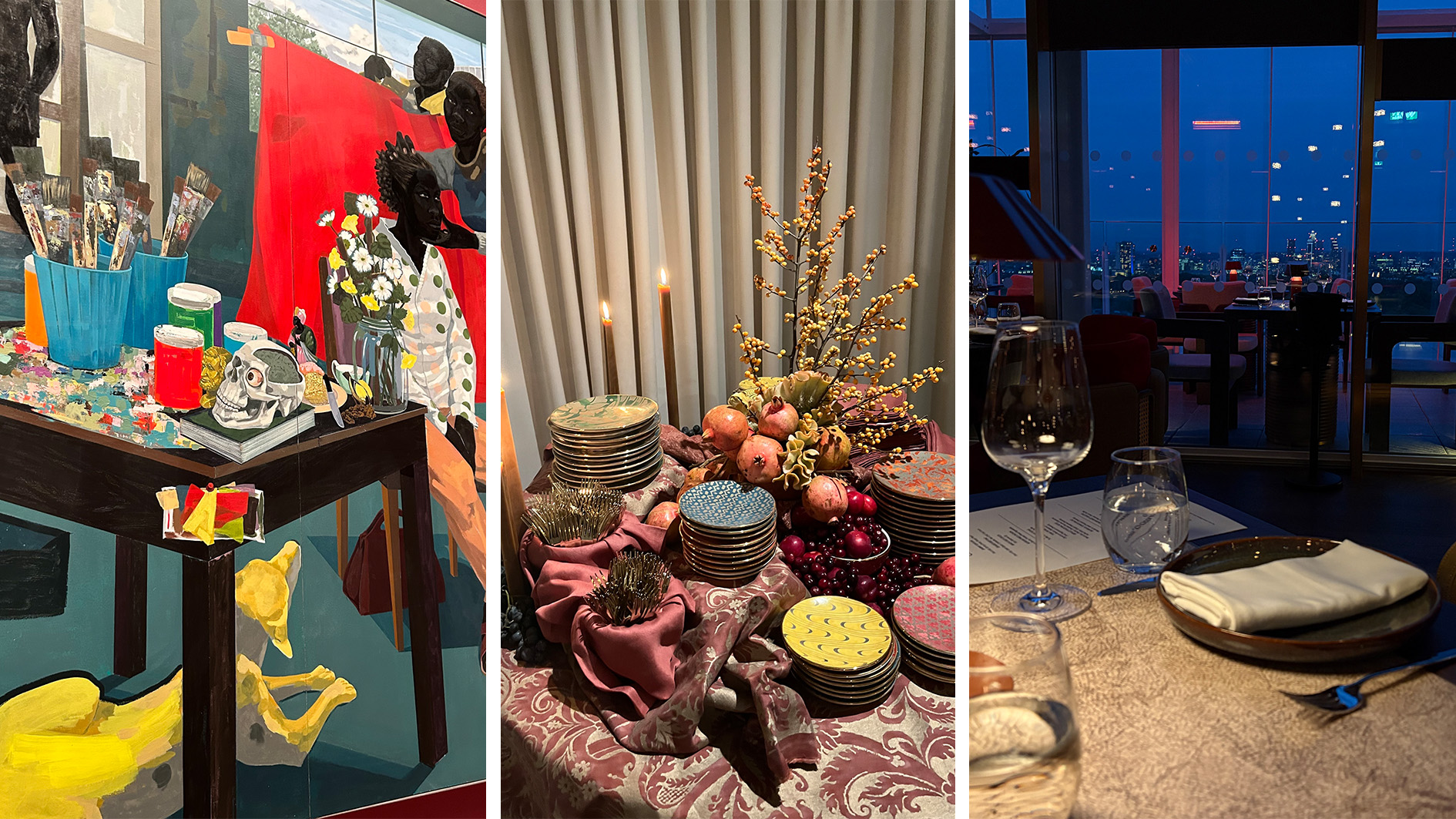 Out of office: The Wallpaper* editors’ picks of the week
Out of office: The Wallpaper* editors’ picks of the weekFrom sumo wrestling to Singaporean fare, medieval manuscripts to magnetic exhibitions, the Wallpaper* team have traversed the length and breadth of culture in the capital this week
-
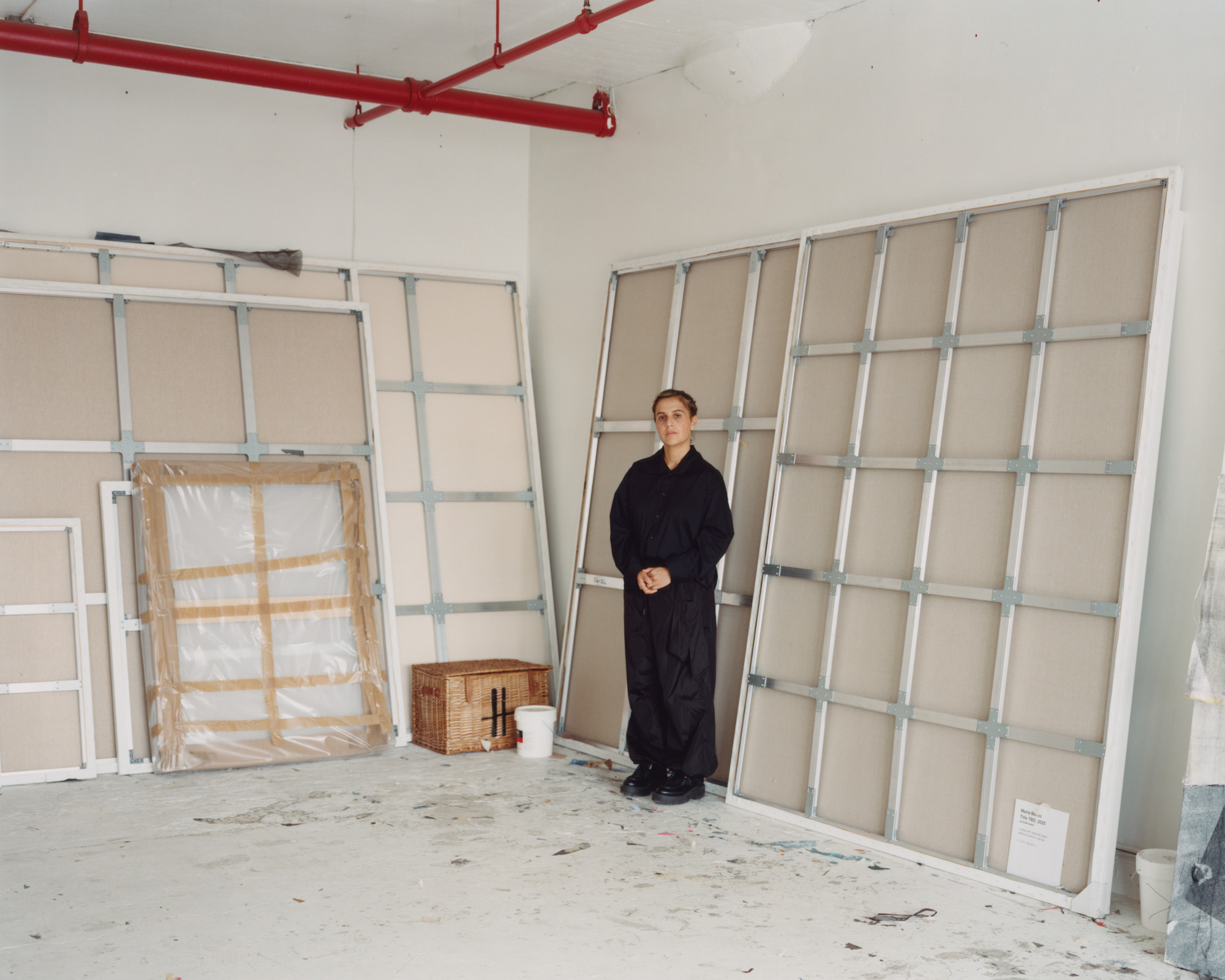 María Berrío creates fantastical worlds from Japanese-paper collages in New York
María Berrío creates fantastical worlds from Japanese-paper collages in New YorkNew York-based Colombian artist María Berrío explores a love of folklore and myth in delicate and colourful works on paper
-
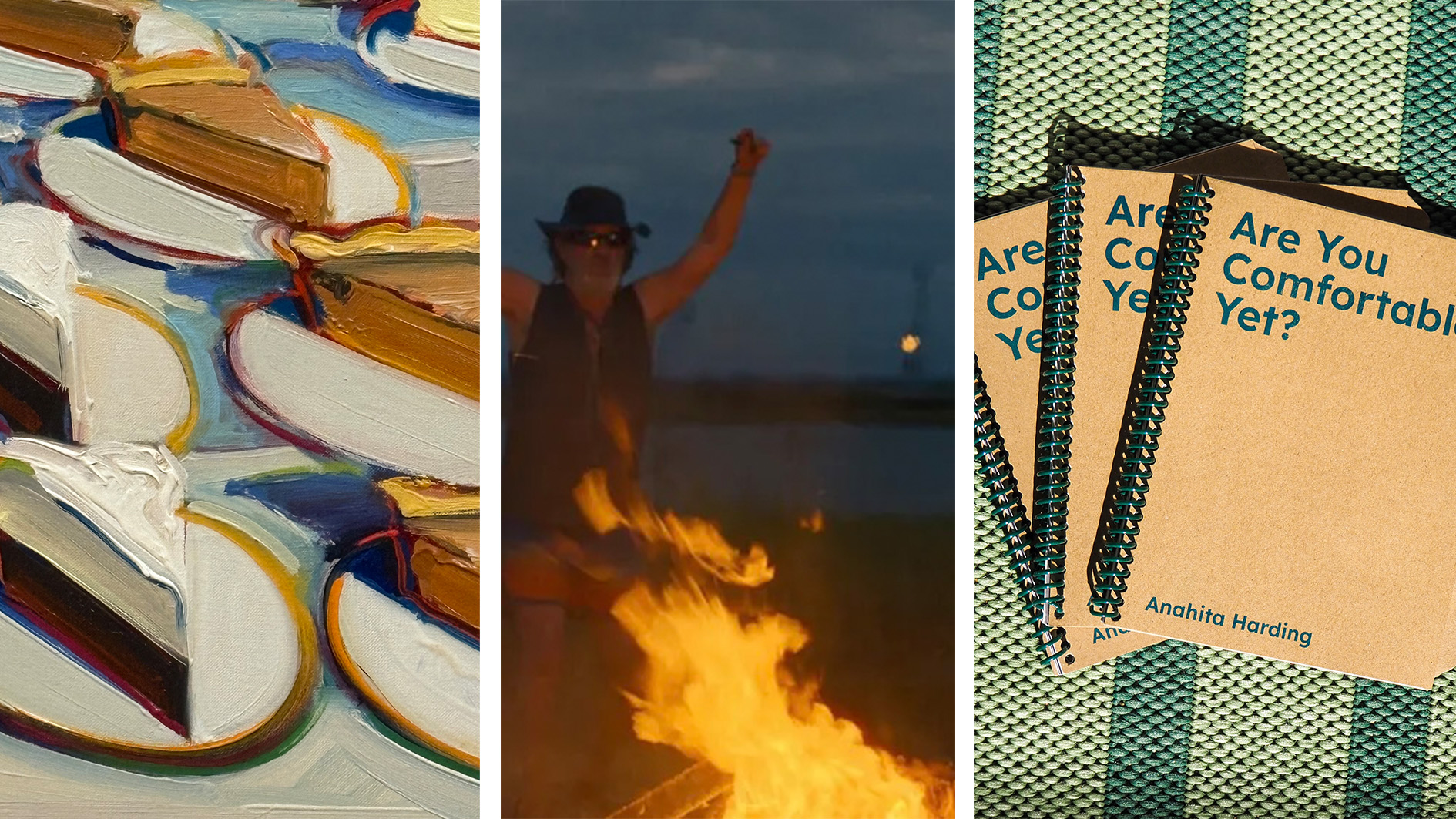 Out of office: the Wallpaper* editors’ picks of the week
Out of office: the Wallpaper* editors’ picks of the weekAs we approach Frieze, our editors have been trawling the capital's galleries. Elsewhere: a 'Wineglass' marathon, a must-see film, and a visit to a science museum
-
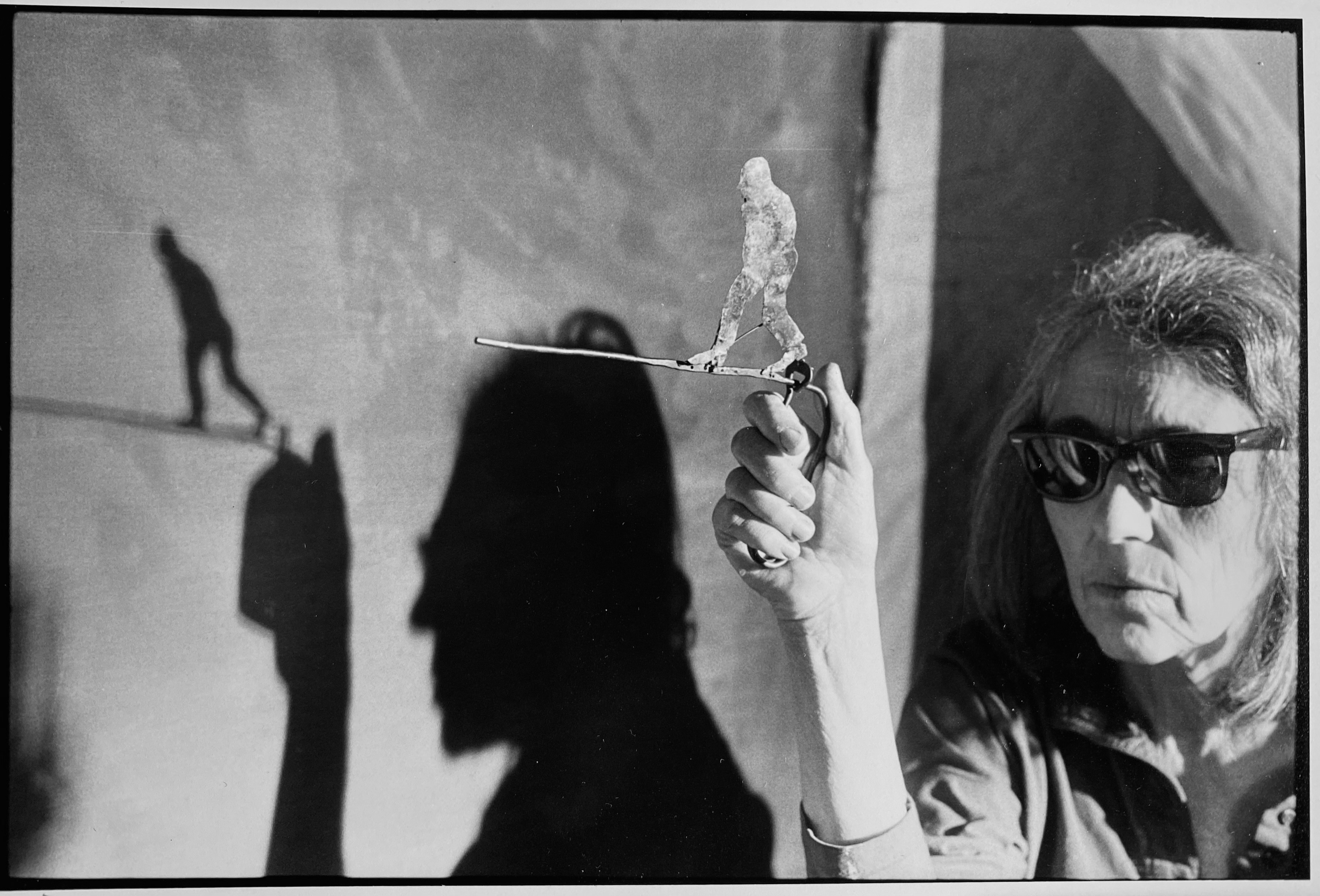 June Leaf’s New York survey captures a life in motion
June Leaf’s New York survey captures a life in motionJune Leaf made art in many forms for over seven decades, with an unstoppable energy and fierce appetite leading her to rationalise life in her own terms.
-
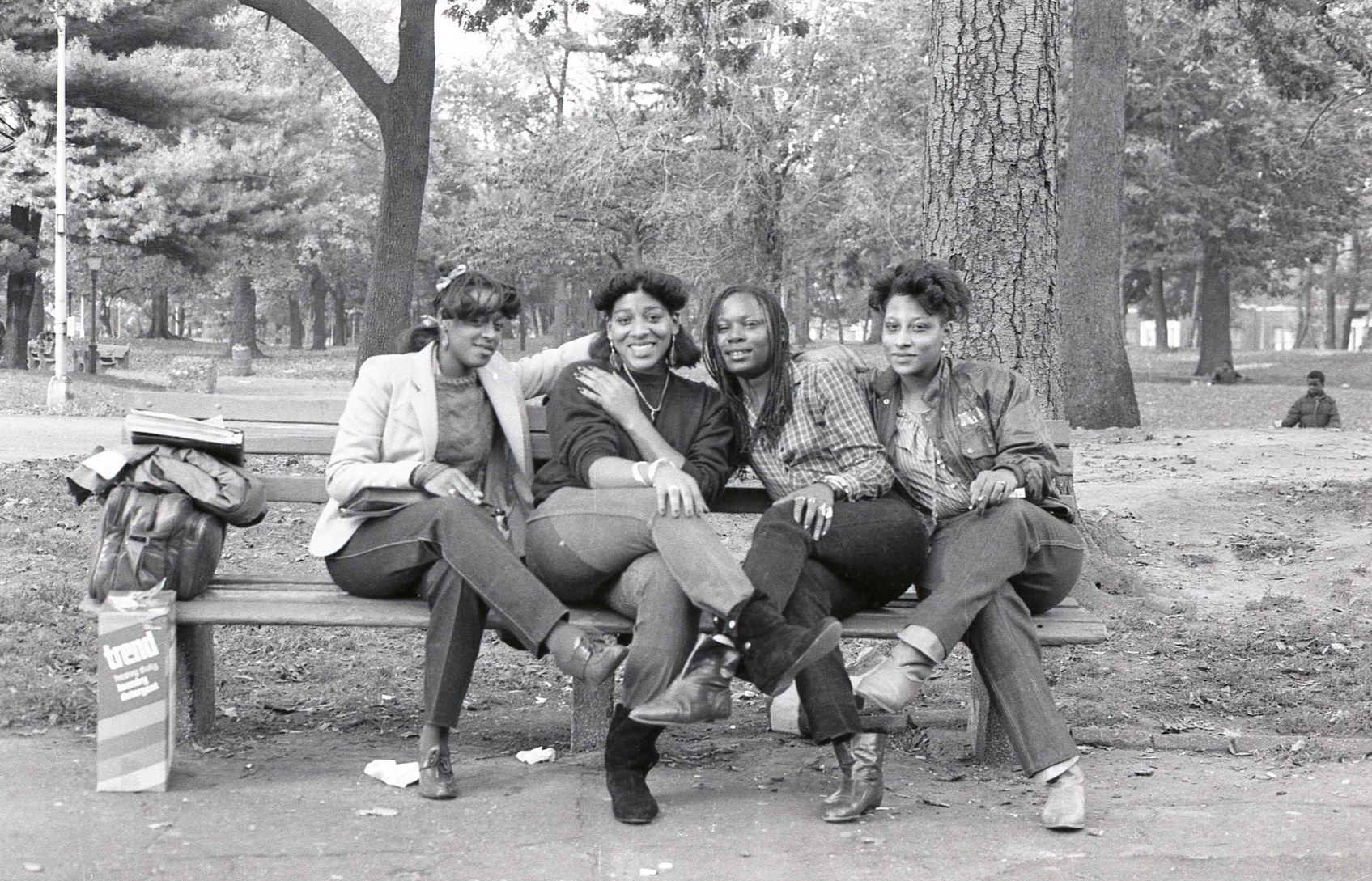 Jamel Shabazz’s photographs are a love letter to Prospect Park
Jamel Shabazz’s photographs are a love letter to Prospect ParkIn a new book, ‘Prospect Park: Photographs of a Brooklyn Oasis, 1980 to 2025’, Jamel Shabazz discovers a warmer side of human nature
-
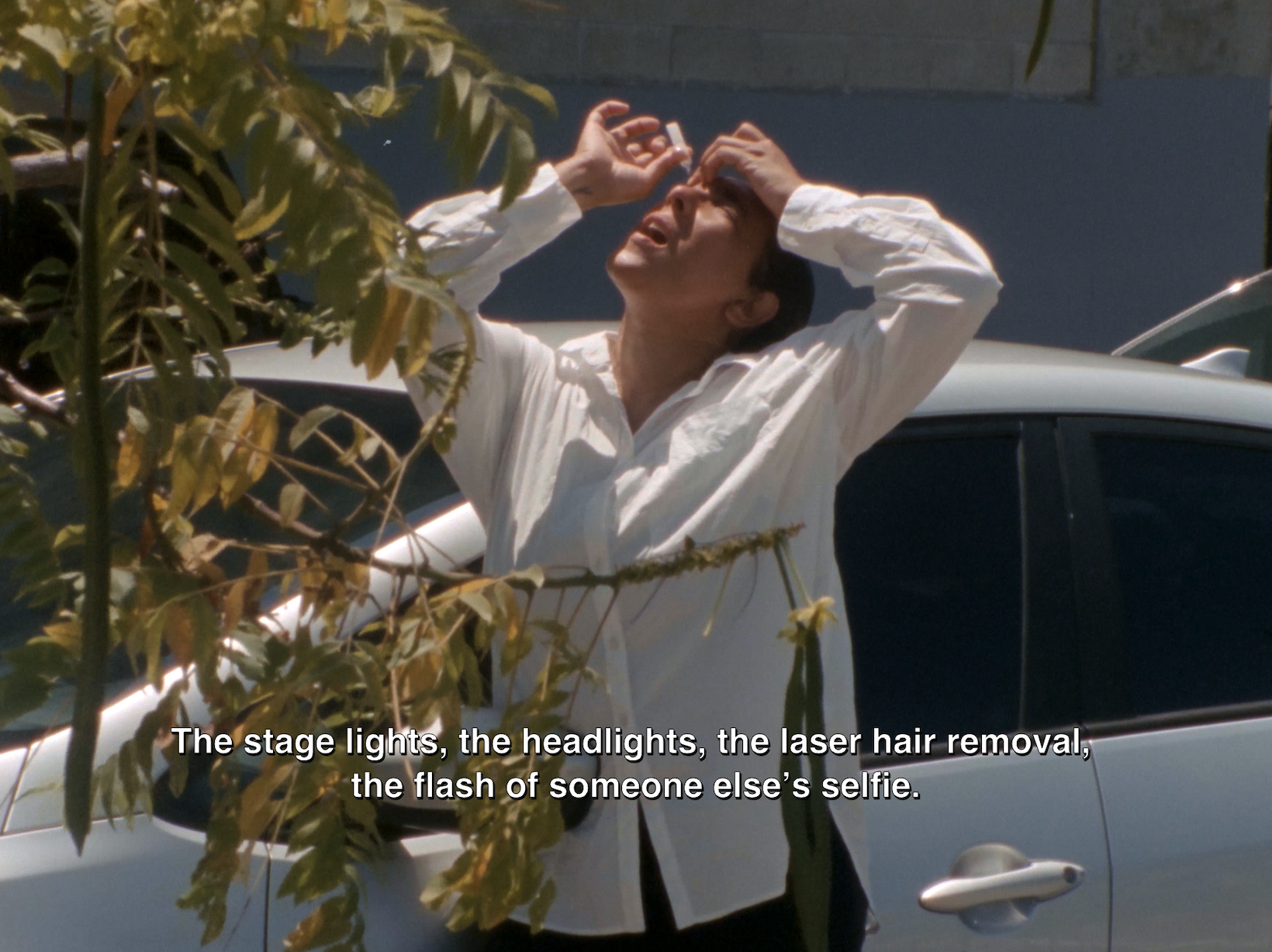 The Hammer Museum in Los Angeles launches the seventh iteration of its highly anticipated artist biennial
The Hammer Museum in Los Angeles launches the seventh iteration of its highly anticipated artist biennialOne of the gallery's flagship exhibitions, Made in LA showcases the breadth and depth of the city's contemporary art scene
-
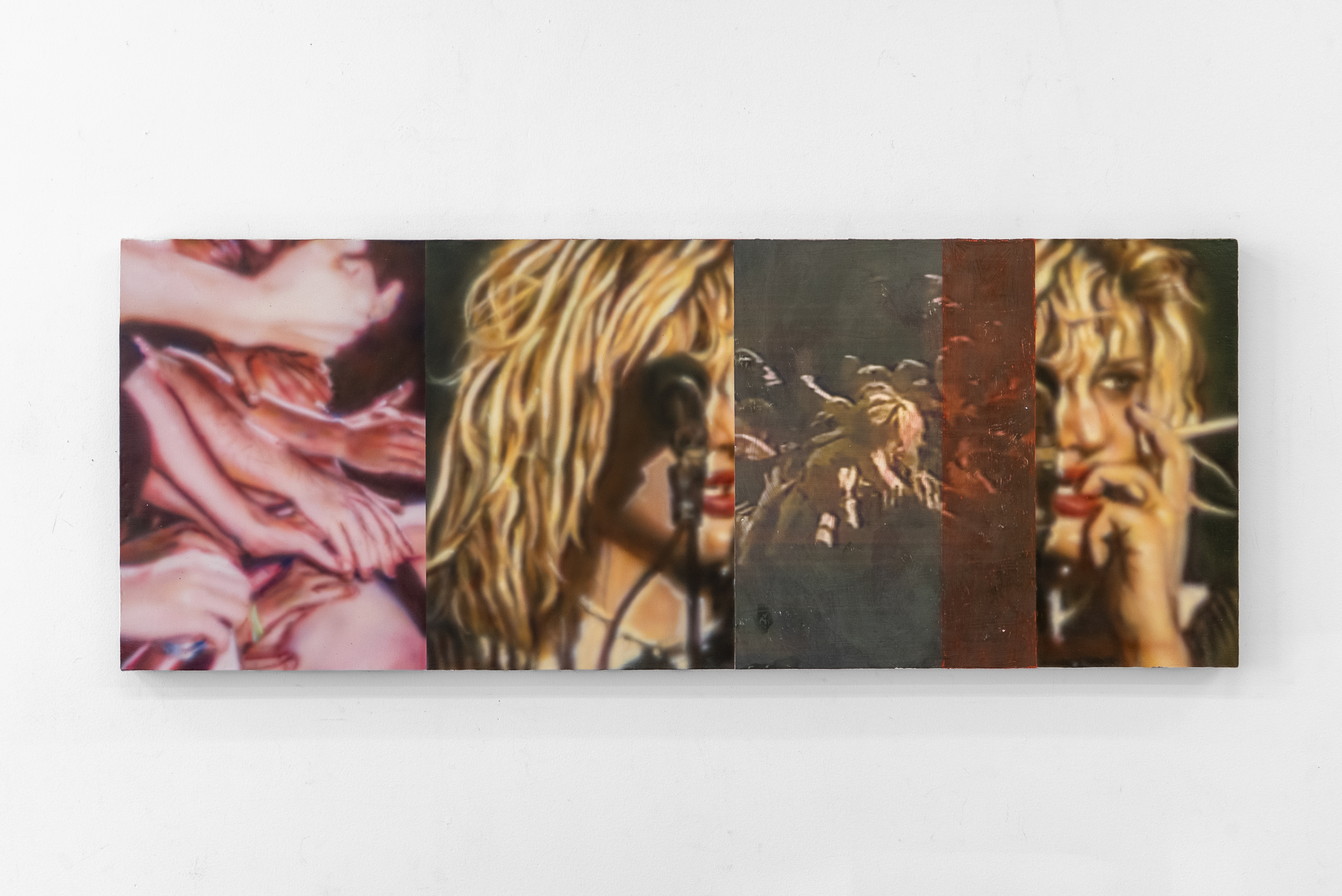 Inside a Courtney Love-inspired art exhibition in New York
Inside a Courtney Love-inspired art exhibition in New YorkLiza Jo Eilers looks to the glory days of Hole at an exhibition at Grimm New York